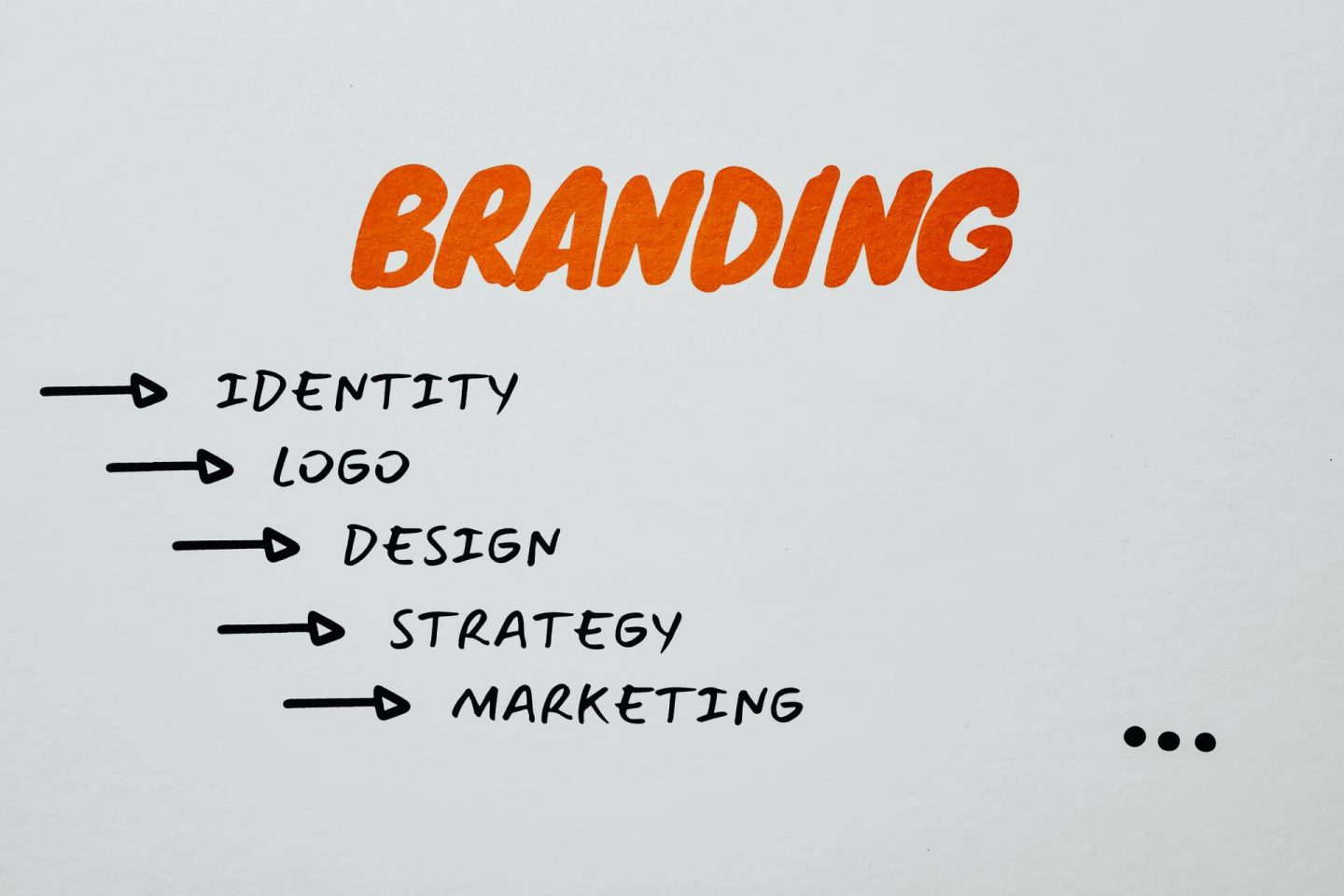*Collaboration
Ever notice how you’re drawn to certain businesses without fully knowing why? It’s rarely just about their logo or tagline. Think about it – you’ve probably chosen one coffee shop over another on the same street simply because something felt right. Those subtle differences? That’s branding at work.
You might think branding boils down to flashy designs or clever slogans. It doesn’t. What sticks with people are the little things: how your website feels to navigate, the tone of your email responses, even the weight of your business card. These seemingly minor touches shape how folks feel about what you do.
Let’s face it – feelings matter when customers are weighing similar options. In the middle of winter, wouldn’t you choose the restaurant that remembered to turn up the heating?

Why Small Details Make a Big Impact
Good news: you don’t need to reinvent your business to make a lasting impression. Sometimes, it’s as simple as making sure your Instagram posts share a consistent visual style, or that customer service emails sound like they’re written by an actual human being (imagine that!).
These touches don’t just happen. You’ve got to plan and maintain them. When you nail these details, customers notice, even if only subconsciously. It sets the tone before someone even clicks to learn more about what you offer.
Trust me on this one – strong attention to detail builds trust. Customers figure if you’ve bothered getting the small stuff right, you’re probably handling the important things properly, too. It’s like walking into a restaurant with spotless menus; you just feel better about the kitchen, don’t you?
Creating a Memorable Visual Identity
Your brand is sending signals long before anyone reads a word of your content. Strange but true – people are picking up cues from your colours, fonts, and layouts immediately. Use clashing colours or inconsistent typefaces? You’ve created friction. You might find a website feels “off”, even when you can’t quite explain why.
On the flip side, when you maintain a cohesive look across all touchpoints – well, that repetition sticks. It’s raining outside, and you recognise that familiar coffee shop awning from blocks away. That’s no accident.
Keep it simple, though. You don’t need seven fonts and twelve colours to make an impression. The most powerful element in your design toolkit can be a white space – room to breathe between elements. It often accomplishes more than adding extra design flourishes ever will.
Quality Printed Materials Still Matter
It’s easy to forget how powerful physical materials can be, especially now as we live in a digital-everything world. Yet there’s something about holding a well-designed brochure that makes information feel more substantial. Ever noticed how a quality business card makes you take someone more seriously? That’s not coincidental.
Print can look desperately outdated when done poorly, though. Are those pixelated images or misaligned text? They scream, “We don’t really care.” Professional design isn’t just a nice-to-have – it’s essential if you want to be taken seriously.
For your business, working with a trusted brochure design agency like Image Box ensures every element of your printed materials hits the right note. From initial concept to final production, their approach creates designs that speak directly to your audience. During those cold January meetings when everyone’s attention is wandering, a well-executed print piece can pull focus back to what matters.
Staying True to Your Brand Voice
Ever received emails from the same company that sound like they were written by completely different people? One day, they’re your best friend; the next, they’re suddenly formal and distant. It’s jarring, isn’t it?
The way you communicate shapes impressions just as much as visuals do. Your audience quickly picks up on who you are based on how your messages sound – whether that’s playful and conversational or precise and professional.
Think about your website copy, social posts, even error messages. Do they feel like they come from the same source? Or do they bounce between styles like a pinball? Consistency creates reliability.
You don’t need to force it, though. Just be clear, honest, and authentic to who you are. When your voice feels real, not like you’re trying too hard to sound like something you’re not, people respond naturally. Like when someone at a party is genuinely themselves rather than putting on airs. You gravitate toward that honesty, don’t you?
Customer Experience Starts Before the First Contact
You’ve already made decisions about brands before ever getting in touch with them. Was their website easy to navigate? Did their emails format properly on your phone? Could you find their hours without scrolling endlessly? These seemingly small interactions add up to form your impression.
Start with basics: ensure your contact forms actually work, your navigation makes sense, and your call-to-action buttons stand out. Then take it further – add those personal touches that show you’re thinking about the human on the other end. A thoughtful thank-you message after purchase goes further than you might think.
And please don’t forget accessibility! After staring at screens all day, the last thing anyone wants is to squint at tiny grey text on a slightly-less-grey background. Make sure your fonts are readable, your colour choices work for everyone, and your mobile layout doesn’t turn into a jumbled mess when someone’s trying to find you during their commute home.
Bring It All Together and Make Your Brand Count
You definitely don’t need to shout to stand out. Often, it’s those careful adjustments and quiet touches that leave the strongest impression. When every element of your brand feels considered – from the words you choose to the quality of your printed materials – you demonstrate that you’re worth people’s attention.
Focus on clarity, consistency, and thoughtfulness. Make it easy for people to trust you. Remember, while everyone else is chasing the next big marketing trend, you might find your competitive edge in the details others overlook.
After all, wouldn’t you rather do business with someone who clearly cares about every aspect of their work?
